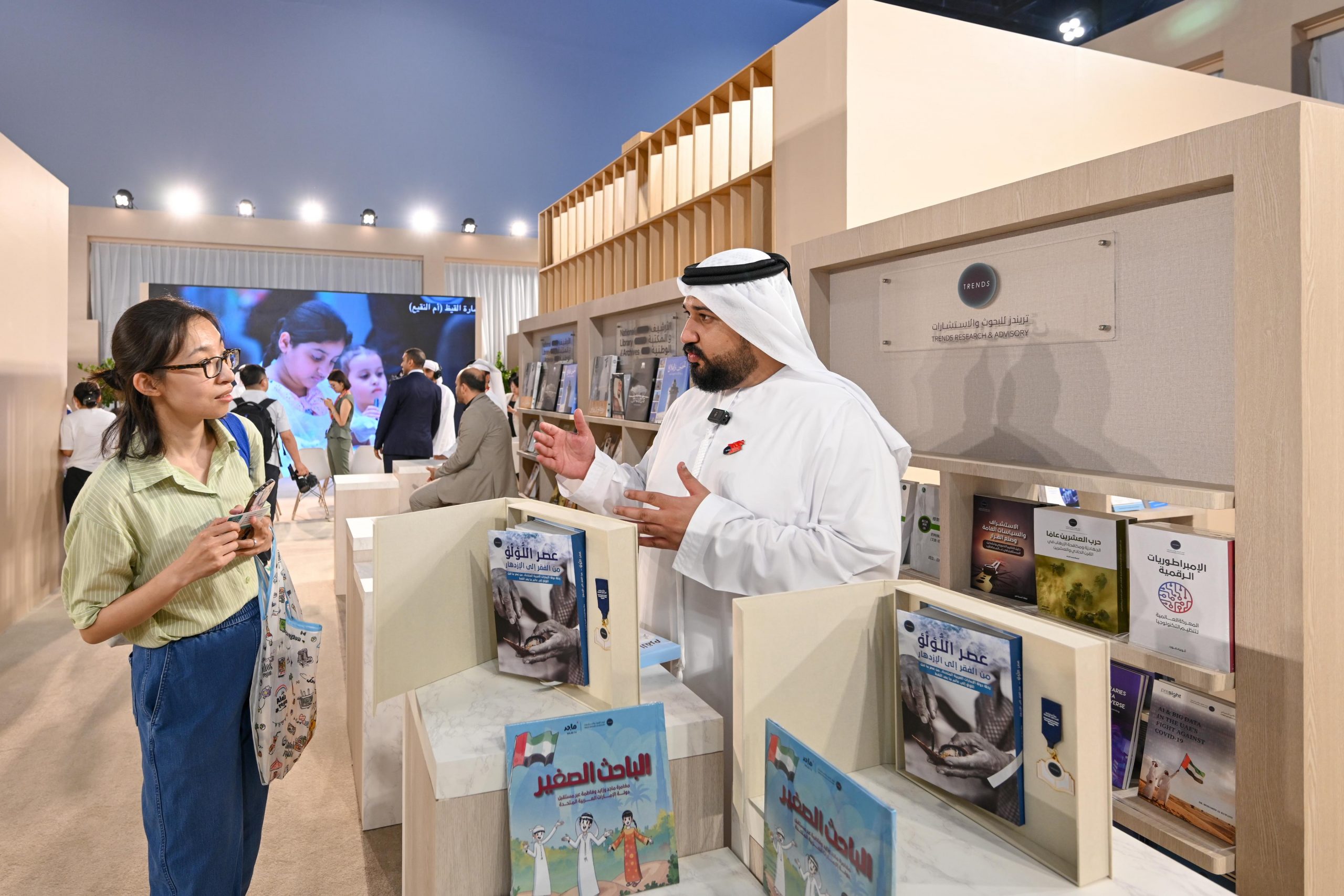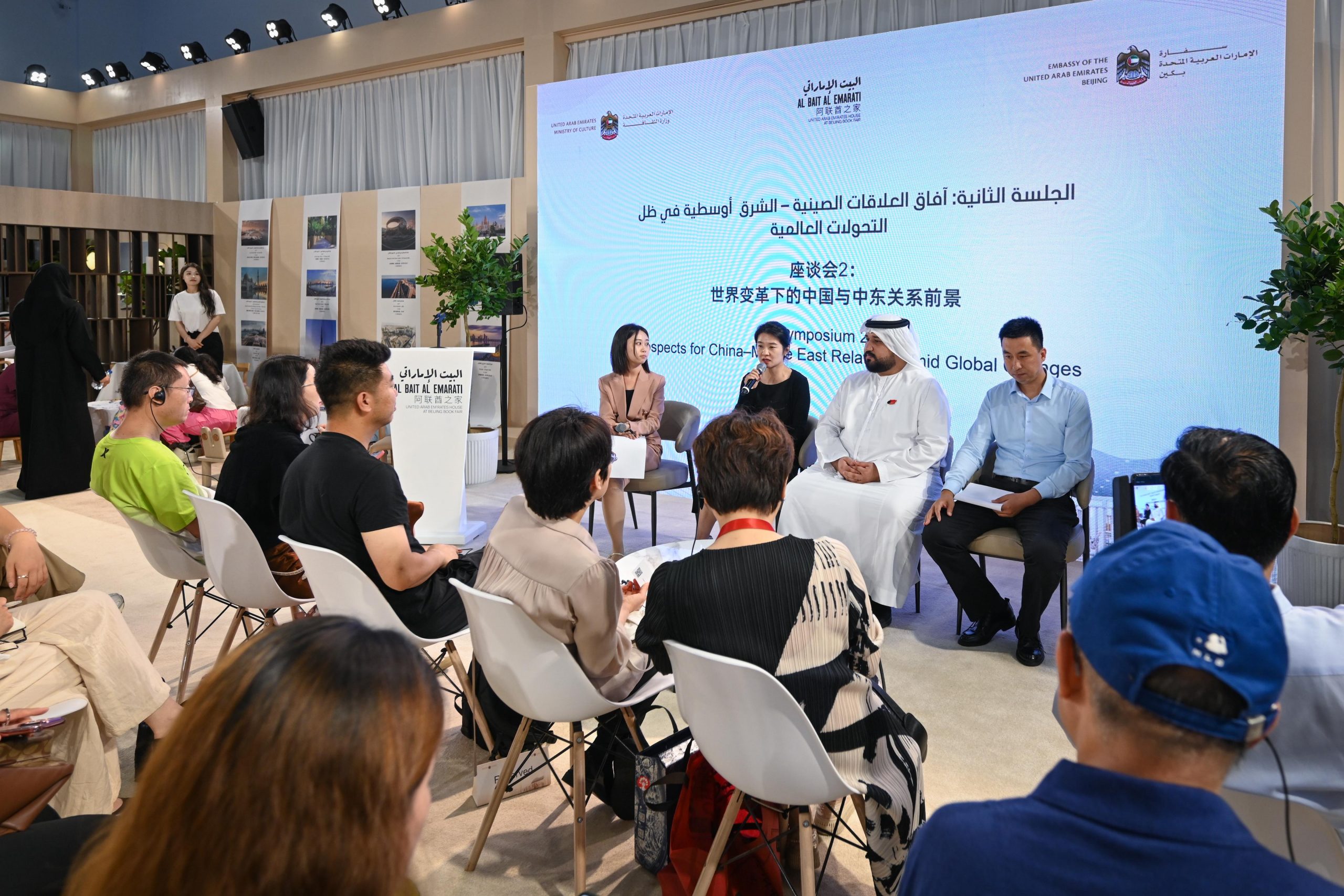TRENDS Research & Advisory, Through its Virtual Office in China, kicked off its participation in the 31st edition of the Beijing International Book Fair 2025 by organizing a research symposium titled “Prospects for China–Middle East Relations in Light of Global Transformations”, held at the center’s booth (E1.A01) at the China National Convention Center.
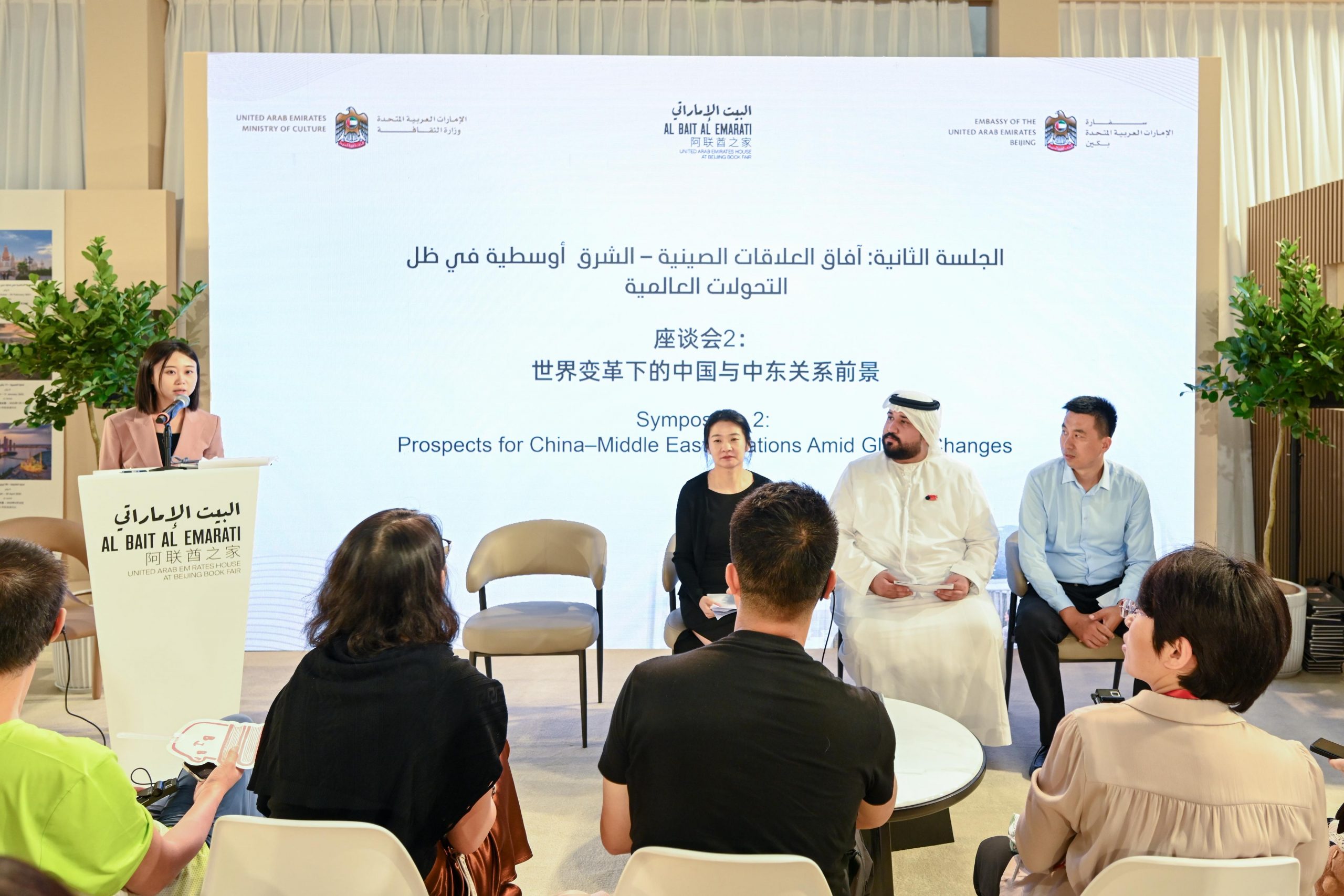
Participants in the seminar—moderated by Farida Bai Yi Nan, Head of the Arabic Language Department at China Today magazine—discussed the role of the Belt and Road Initiative in enhancing Arab–Chinese economic integration, the opportunities and domains of cultural and educational cooperation between China and Arab countries, China’s position on key Middle Eastern issues, and how Chinese intellectual elites perceive partnerships with Gulf and Arab states.
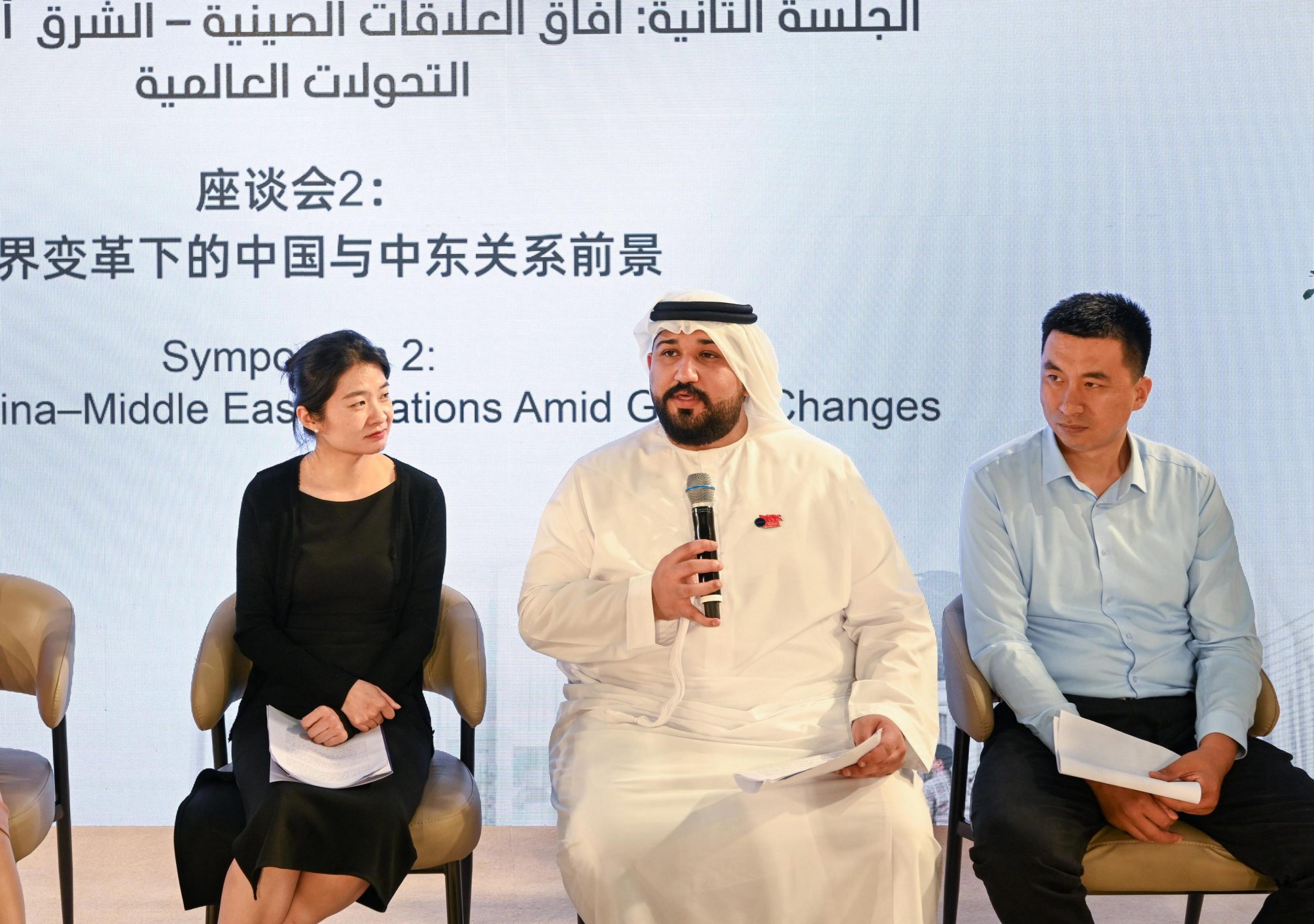
Knowledge and Cultural Exchange
Hu Jiyuan, a researcher at the Center for Arab Studies at Zhejiang International Studies University, emphasized that cultural cooperation is a vital component in China–Arab relations. She noted that the exchange of knowledge and culture between China and Arab nations has reached a solid level. For example, over 48 universities in China teach the Arabic language, and enthusiasm for learning Chinese is rising across the Arab world. The UAE and Saudi Arabia have both incorporated Chinese into their national education curricula, and there are currently more than 20 Confucius Institutes across the Middle East.
She added that both sides can further enhance mutual language education in the future by broadening the reach of Arabic and Chinese language learning, focusing on preparing cadres capable of deep cultural and analytical understanding of both civilizations. She also proposed joint projects in archaeological excavation, digital preservation of cultural heritage to explore the shared cultural value of the historical heritage of both sides, and the co-production of films and TV series that spotlight shared history. Additionally, she called for establishing an incubator platform for Sino–Arab cultural innovation, leveraging digital economy technologies to expand creative digital products.

A Unique Civilizational Interaction
Abdulaziz Al Shehhi, Senior Researcher and Deputy Head of the Scientific Research Sector at TRENDS, stated that China–Arab relations represent a unique model of civilizational interaction, merging the authenticity of tradition with future aspirations for prosperity. What unites Arab nations and China, he said, is a shared vision for a prosperous future that does not come at the expense of history or cultural identity.
Al Shehhi added that recent years have witnessed significant developments in bilateral relations—not only in trade but also in deep cultural and educational cooperation, which serves as the cornerstone of building bridges of mutual understanding between peoples.
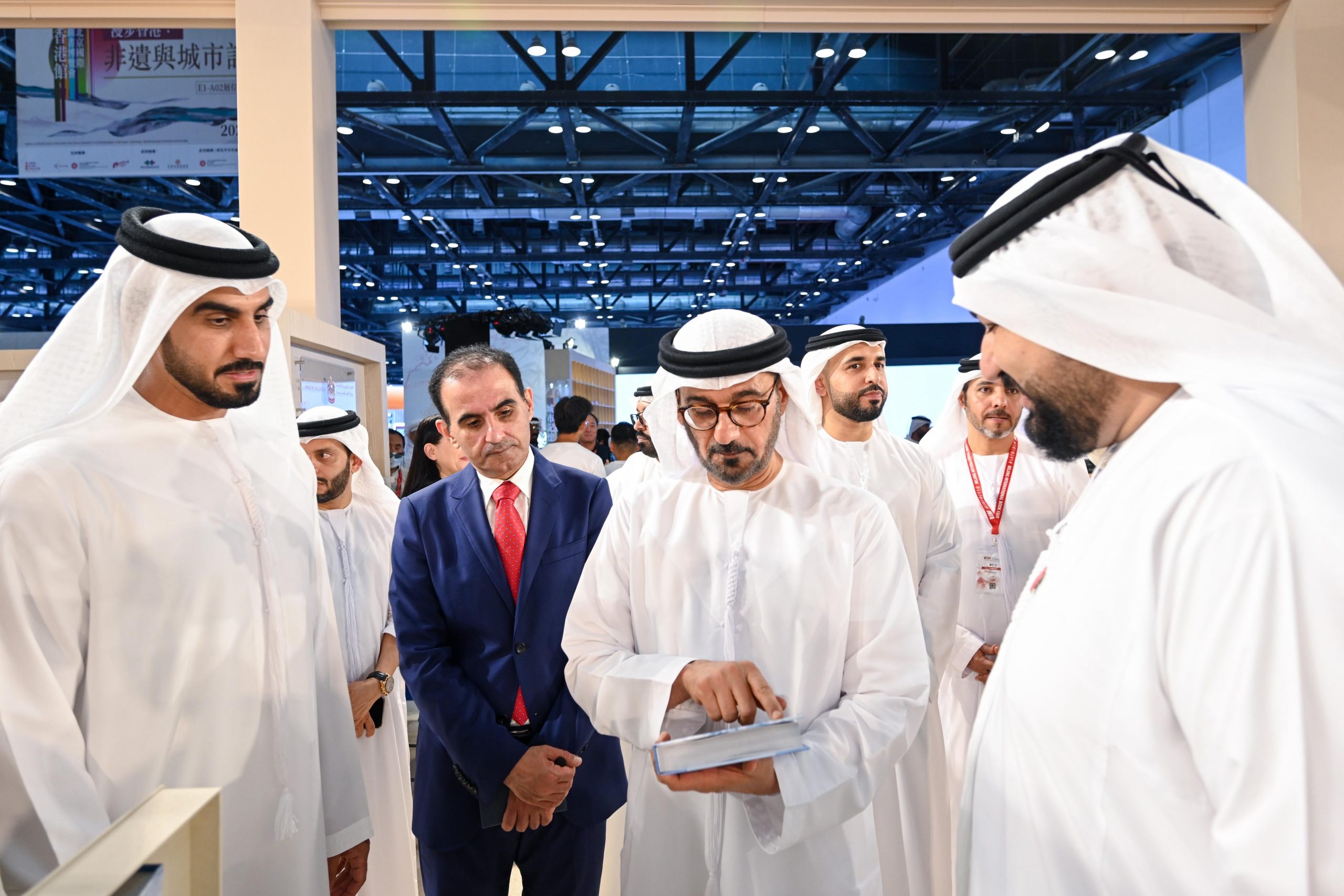
Joint Cultural Projects
He pointed out that it is impossible to speak of Sino–Arab cooperation without mentioning the UAE model, as the UAE is not only China’s top trading partner in the Middle East and North Africa, but also the most advanced in cultural collaboration. The UAE has announced investments totaling $10 billion in joint cultural and educational projects with China over the next ten years.
Al Shehhi emphasized that cultural and educational cooperation between China and Arab countries is not just rhetoric—it is a tangible reality, proven by figures and achievements. The UAE–China model, he noted, is strong evidence of how such cooperation can create a comprehensive strategic partnership that serves the interests of all parties.
Regarding the ongoing developments in the Middle East, Al Shehhi noted that the region is undergoing a dangerous phase of military escalation, conflict, and geopolitical shifts. Nevertheless, the UAE and China should focus on solidifying Sino–Arab relations to mitigate the effects of these challenges. He added that the UAE consistently pursues a foreign policy rooted in peace and that both countries are prepared to play constructive roles in political mediation.
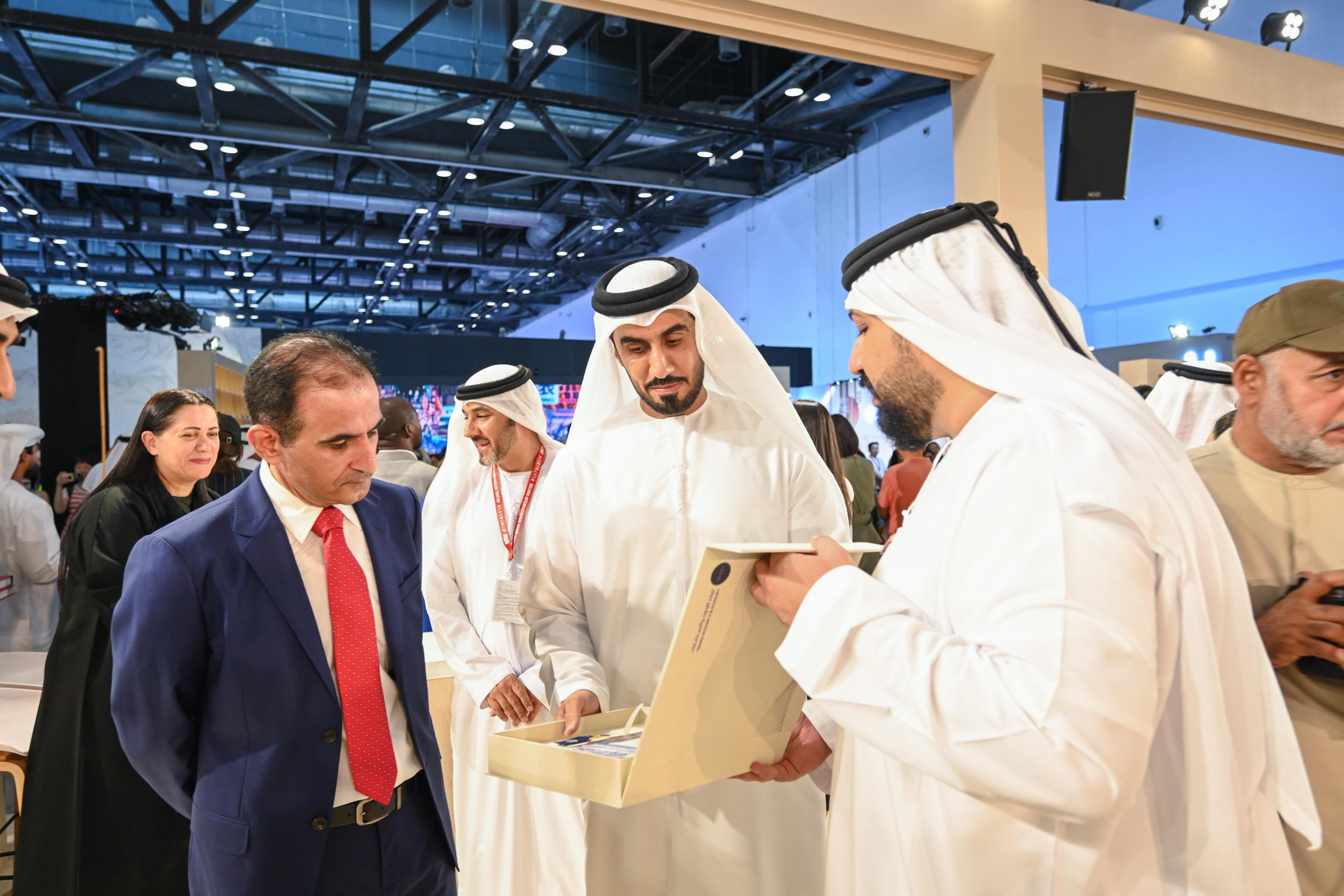
Defusing Conflicts
Yang Yuxin, a researcher at the Institute of African Studies at Zhejiang Normal University, explained that both the UAE and China are committed to playing positive roles in achieving peace and defusing regional and global conflicts—especially in the Middle East, a region of central importance to the entire world.
He highlighted that China’s position on the Palestinian issue remains firm, with consistent political statements expressing full support for the two-state solution and the establishment of an independent Palestinian state.
Yang added that China is the top trading partner of the UAE, while the UAE is the largest market for Chinese exports and a key investment destination for China in the Middle East. In recent years, cooperation in renewable energy, photovoltaic power plants, and wind energy has witnessed significant growth. The UAE is also the primary destination for Chinese tourists in the region, with more than one million tourists last year, alongside over 100 Chinese schools in the UAE—further enhancing educational and cultural exchange.
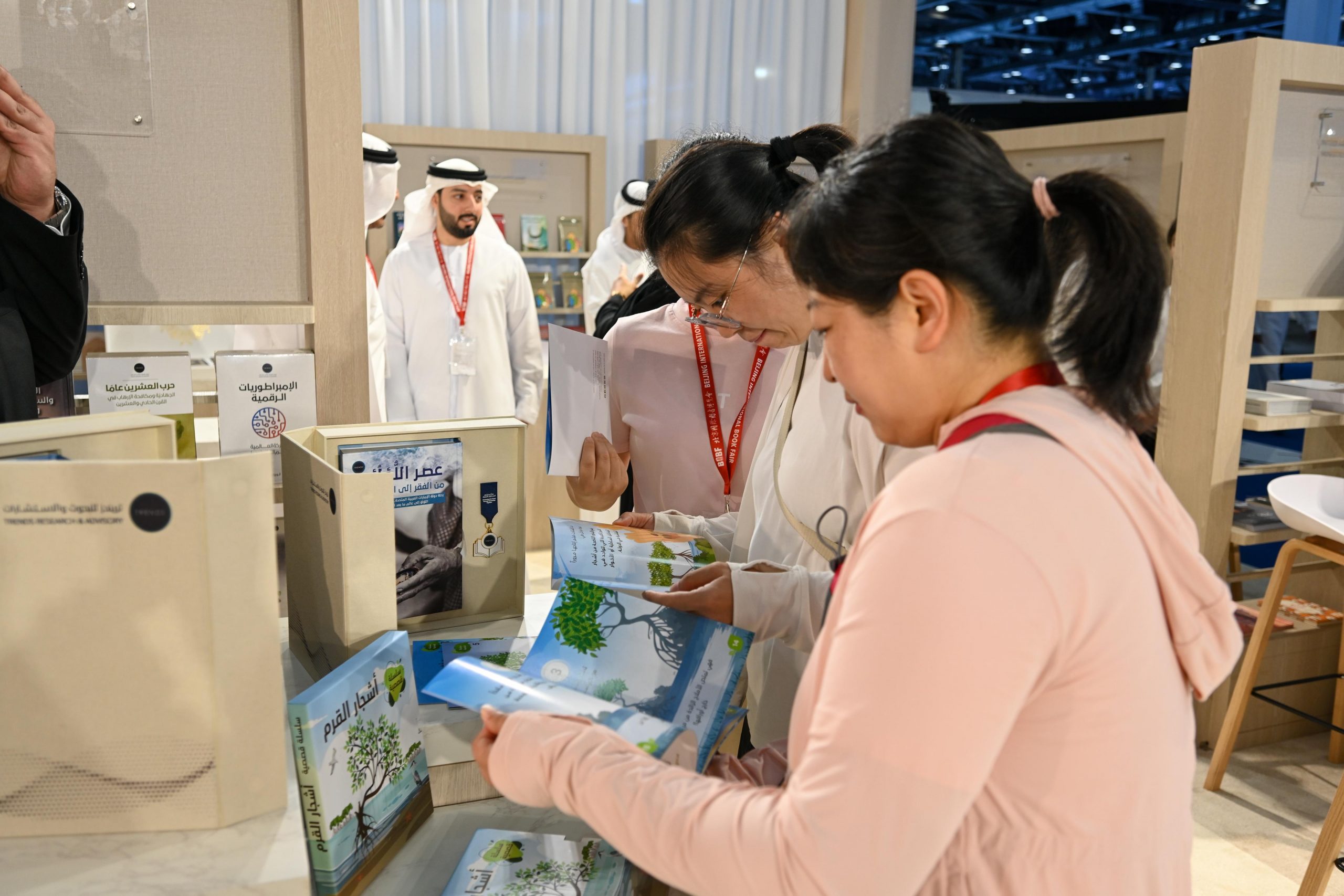
Valuable Scientific Content
In parallel, the diverse publications presented by TRENDS Research & Advisory at the Beijing International Book Fair 2025—running until June 22—attracted a large number of visitors who praised the valuable scientific content they offered.
H.E. Hussein Ibrahim Al Hammadi, UAE Ambassador to China, and Dr. Ali bin Tamim, Chairman of the Abu Dhabi Arabic Language Centre, reviewed the latest research and knowledge publications by TRENDS at the fair. Meanwhile, H.E. Mubarak Al Nakhi, UAE Undersecretary of the Ministry of Culture and Youth, explored the center’s publications, with particular interest in the book “The Age of Pearls: From Poverty to Prosperity”.
